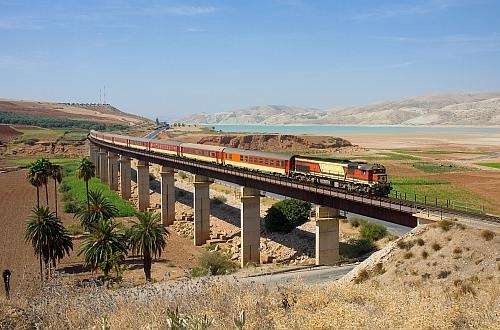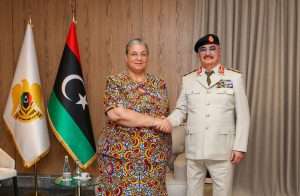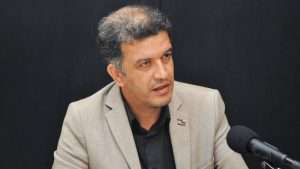Challenges in Morocco’s NE Investment

Amid ongoing heightened political clashes between Morocco and Algeria, Morocco’s efforts to develop and connect its northeastern region with the kingdom’s mainstream economic hubs is appearing to backfire, resulting in the very real possibility of the region breaking away from the rest of the country, a recent Carnegie paper has warned.
The essay “Morocco Has Sought to Integrate Its Eastern Borderlands” published on January 18th paints a rosy picture of the northeastern region and how a deluge of investment projects is developing this part of Morocco, despite tensions with Algeria deteriorating in recent months.
However, the author, Yasmine Zarhoule, concludes that the success that Rabat has will only sow the seeds of dissent from local people in the region if there is not a trickle-down effect locally of profits from the projects and more decision-making granted to the region in general.
 Zarhoule (left) warns of the current deficit on decision-making with the “government’s top-down industrialization projects, whose size and impact are immense, yet whose fruits may be unevenly distributed” which she argues is “cause for concern.”
Zarhoule (left) warns of the current deficit on decision-making with the “government’s top-down industrialization projects, whose size and impact are immense, yet whose fruits may be unevenly distributed” which she argues is “cause for concern.”
“For the success of government-led efforts to industrialize the east, the region’s north must not be favored over its more agricultural and climate-stricken south,” she adds. “Additionally, the government must ensure that the spinoffs and economic benefits reaped from these structural changes to the country’s east are redirected to, and reinvested in, the region’s local communities themselves.”
The challenge for the government in Rabat is of course how to prevent the region from becoming poor and dependent on cross-border trade with Algeria, legal or otherwise, while keeping the balance tilted in Rabat’s favor politically, the Carnegie piece points out.
Arguably, it doesn’t put into context the long-standing traditional relationship that the region had before with Algeria.
READ Margarita Arredondas: MEP ‘intergroup’ is trojan horse for Polisario in EU
Cross border trade between Morocco and Algeria was a vibrant part of everyday life for Morocco’s farthest northeastern region for centuries. Even after the emergence of the two countries as independent states in the mid-twentieth century, both sides of the border remained linked by kinship, trade, and commerce, especially from the border city of Oujda on the Morocco side, to Maghnia and Tlemcen in Algeria.
After a series of incidents including two attempted coups in the 1970s, Morocco engaged in certain reforms and launched its Royal Initiative for the Development of Morocco’s Eastern Region in 2003. Designed to integrate its neglected eastern region into the national economy, it would invest billions in housing, hospitals, education, and creation of SMEs and cooperatives furthering Morocco’s Azure Plan for tourism and its Maroc Vert Plan for agricultural development.
By 2015, Morocco had built the Oujda-Angads airport, railroads connecting the southern parts of the eastern region to the country’s north, and a highway between Oujda and Nador on the Mediterranean, at a cost of approximately $10 billion.
More recently, following the coronavirus pandemic, assistance from Rabat shifted gear.
The coronavirus pandemic’s devastation of Morocco’s economy and increased border security measures due to ongoing clashes with Algeria intensified Morocco’s efforts in the region.
In September 2021, automotive technology supplier Aptiv announced an investment totaling approximately $3 million for the construction of an automotive cable “mega factory” in Oujda, creating 3,500 jobs.
A new Nador West Med port complex is scheduled to be completed in 2024 and includes a port, industrial and logistics units, and a free-trade zone. This megaproject has the capacity to store 1–2 million cubic meters of refined petroleum products and will connect the region to major international maritime routes. Morocco announced that the project had garnered a $119 million investment by the African Development Bank Group a $106 million loan from the European Bank for Reconstruction and Development in December 2022.
Cooperatives are also providing significant opportunities for people, especially women, to use their traditional skills to generate revenue and preserve traditional community structures.
Since 2015, local cooperatives have increased by 63.9 percent, with some 5,517 cooperatives employing 79,602 people. Agricultural products, including olives, dates, rosemary, and honey, account for 64 percent of the coop activity in the region.
Want to chase the pulse of North Africa?
Subscribe to receive our FREE weekly PDF magazine















